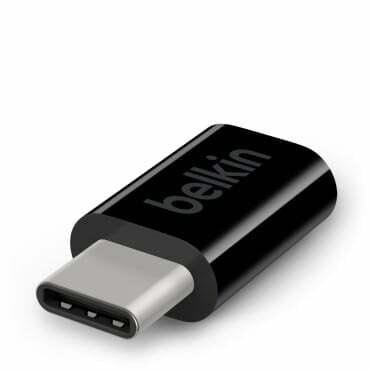A USB-C Primer

Most of my primers > are for software and methodologies; this one just captures a few points about a new hardware standard so I don’t forget them.
USB-C is an industry-standard created by the USB Implementers Forum, which has more than 700 companies in its membership
It’s designed to transmit both data and power
The connector is symmetrical and can simply be lined up and put in, i.e., there’s no worry that you’ll put it in upside down
The default protocol for USB-C is USB 3.1
USB 3.1 is a 10Gbps protocol
USB-C supports multiple protocols going over it, including DisplayPort, HTMI, and Firewire (and soon audio)
Once audio works over USB-C, manufacturers are likely to remove the headphone jack from notereading and desktops as well
There are adapters to move from USB 3.0 ports to USB-C and many other physical ports
You can charge a laptop with it (which is good since a lot of laptops soon will have it as the only option)
Thunderbolt 3 uses the USB-C connector
Apple is using Thunderbolt 3 as the main protocol over its USB-C ports
Thunderbolt 3 supports 40Gbps per second with cables of .5 meter and shorter and 20Gps for longer cables
All USB-C cables will work as Thunderbolt cables